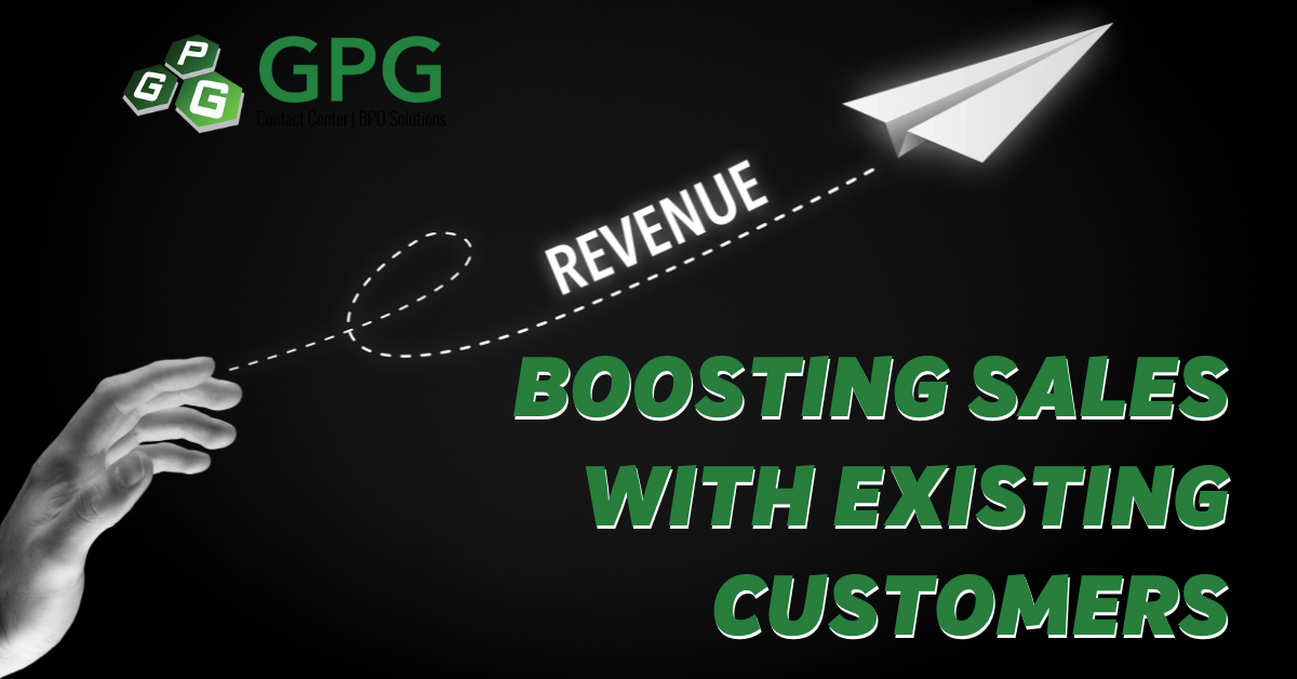It's a challenge as old as commerce itself: how do I sell more products and services to my customers?
Acquiring a customer usually involves a healthy upfront investment, so why not improve your return on investment by selling them as much as possible?
This is much easier said than done and most companies fail miserably at continual selling because they neglect one or all of the three keys to upselling: connecting the dots, timing it right and adding value.
Connecting the dots
Leading your customer by the hand and taking them on a journey, with each step being a logical progression from the previous one, is a great way to boost sales.
The first step is usually your core product or service — the reason customers walked through your door in the first place. Your first upsell should be something directly related to your core service and it should be something simple with a low barrier to entry to establish yourself as a supplier of more than one item or solution.
Experimenting with the upsell will help you gauge your customers' needs and interest in different services.
The ideal upsell will also serve as an indicator of interest that you can expand upon.
Finally, it must be compatible with the strategic direction you want to go as a vendor or supplier.
For example, if you are a printing company and your core product is business cards, logo design might be a natural progression since many of your clients might not have a logo or need something more professional.
From there, other graphic design projects become a natural fit. After all, your firm designed your customer's logo, so you already know their style and color palette.
Now that you are handling more advanced design and collateral development, you are the logical choice to promote and distribute them with marketing and advertising services.
Timing
Timing is another critical factor in the upsell process.
Data can give you an advantage.
Your core service provides a window into your customer's situation, and every product or service you sell after is another data point providing more insight into yet more opportunities.
If you are the first vendor to identify a need and the first to have a solution in front of the customer, you improve your odds of closing that opportunity by order of magnitude.
In our business card example, if an existing customer orders more business cards at an accelerated pace, it's likely because they're growing and have new employees.
You might be the first to know that this small business customer has just become a medium-sized business. Therefore, some of your more advanced services might now interest them.
The window for offering exemplary service at the right time is usually narrow, so the more this process can be automated and as close to instantaneous as possible, the better.
This is where marketing automation systems can shine, but only if you supply them with the correct data and logic to trigger relevant offers.
Drip marketing campaigns are much more effective when they promote a product or service related to something the customer just did or a challenge they encountered.
Adding value
This is the most critical aspect of selling services to your customers, and it's not just about offering discounts or package deals.
The number one question you have to answer is, "why would I get a service through you instead of from dozens of other places?" Price and convenience are insufficient to compel customers to expand their relationship with you.
True comfort involves saving customers time and stress and getting them to their objectives faster.
Our business card example makes a compelling case for convenience:
"Sure, you could get a logo designed from someone else, but you'll have to find someone first, and then get a copy of the logo in the right format, and then come back and upload it. But if you do it through me, it's guaranteed to be the right size and format for your business cards. I'll also have your logo on file for any future business cards you might want to print, and you can get this all done in one step right now."
The key is the integrated experience.
Suppose you sell a logo design service that takes a few weeks or involves working with a different team that sends the customer the output. In that case, all of your advantages over other designers disappear.
The same applies to any service.
If a customer buys an add-on from you, it should work out of the box and better with your core service than if the customer had purchased the add-on anywhere else.
What not to do
One of the best examples of how not to sell services to your clients is through marketplaces.
To stay relevant, many companies that serve small businesses have attempted to cross-sell a variety of online services.
Several of these companies have invested tens or even hundreds of millions of dollars into building an online catalog of SaaS applications in the hopes that their clients will appreciate the convenience of sourcing them all from one location. However, these marketplaces don't work because they miss out on all three points above.
Instead of offering many products and services, confusing customers, and diluting your value proposition, provide a curated set of products that work better because they come from you.
Offer them at the moment your customer needs them.
Saving customers time and helping them achieve their objectives faster can transform a one-time transaction into an ongoing relationship.
Source: 3 Ways To Boost Sales With Existing Customers (entrepreneur.com)


